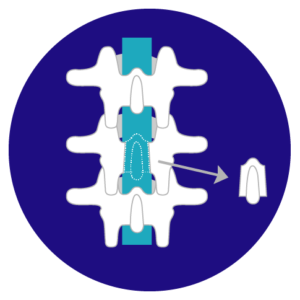
Lumbar Decompression (Laminectomy)
Lumbar Laminectomy or decompression is a spinal surgical procedure that involves the total or partial removal of the lamina, a projecting posterior portion of a vertebra and surrounding soft tissue in the lower back.
What is a Lumbar Laminectomy?
Lumbar laminectomy or Spinal decompression is a surgical procedure. Typically, lumbar laminectomies treat symptoms of Spinal stenosis . I will discuss all benefits and risks of the procedure with you at your consultation. If you have any concerns about the procedure please ask me during your consultation.
I work with a team of three consultant surgeons, consultant radiologist and a very experienced physiotherapy team and discuss all complex cases in our fortnightly multidisciplinary team meeting to be able to provide a first class service.
What does a laminectomy or spinal decompression involve?
Lumbar Decompression (Laminectomy) is a spinal surgical procedure that involves the total or partial removal of the lamina, a projecting posterior portion of a vertebra and surrounding soft tissue in the lower back. The surgery creates more room within the spinal canal and reduces the pressure exerted on spinal nerve roots, thus providing pain relief. Laminectomies are to treat spinal stenosis and sometimes a herniated disc. I am very experienced in this procedure.
Sometimes, bony overgrowths in the spinal canal constrict the spinal canal, exerting pressure on the spinal cord. This pressure can result in numbness, pain or weakness that radiates along the affected nerve, causing immense discomfort along the leg.
You may be advised a lumbar laminectomy when both conservative and nonsurgical treatments have failed. Usually, you may have tried physical therapy, medications, and epidural steroid injections. However, if after 6 weeks you have no significant relief from pain, a laminectomy may be in your best interest.
What happens in a Lumbar Laminectomy?
Typically, a lumbar laminectomy is carried out on a patient with stenosis, after all, other options have been exhausted.
Lumbar laminectomy or decompression is a spinal surgical procedure that involves the total or partial removal of the lamina, a projecting posterior portion of a vertebra and surrounding soft tissue in the lower back.
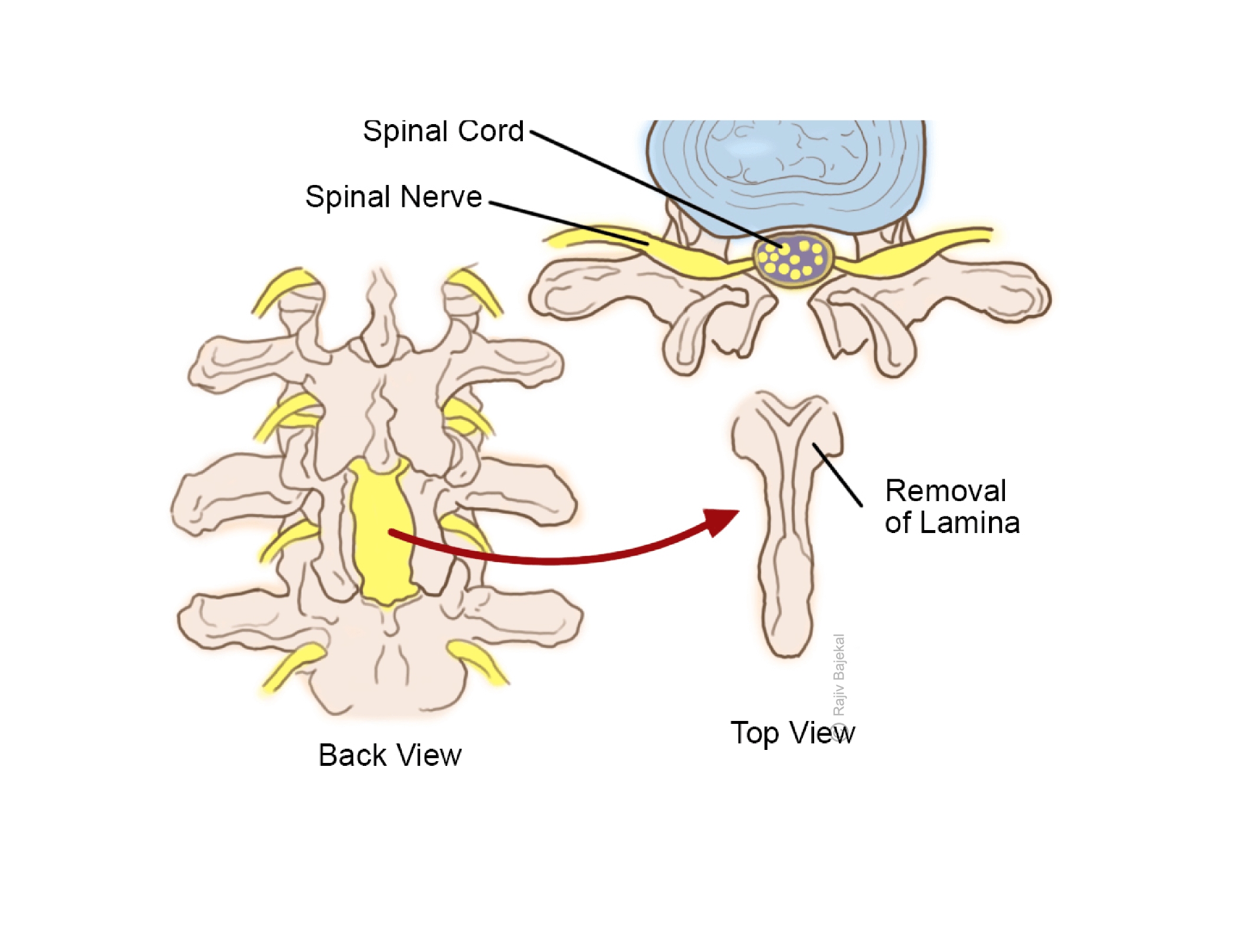


What are the indications for spinal decompression (lumbar laminectomy)?
- Failure of non-operative treatment, such as pain killers and physical therapy to relieve symptoms
- Weakness or numbness of leg, resulting in pain while walking or standing
- There is a loss of bladder or bowel control
- It is necessary to access a herniated spinal disc to remove it.
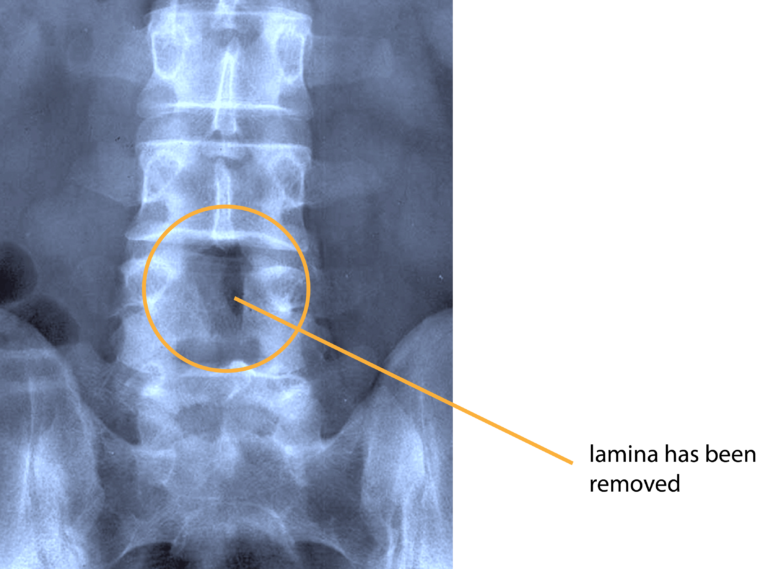


Lumbar Laminectomy seen after surgery in an X-ray
The x-ray shows the spine after a laminectomy has been performed. The lamina in the vertebra in the circle has been removed as it was exerting pressure on the spinal canal. This reduces the pressure on the spinal nerve and eases the symptoms of spinal stenosis that the patient was experiencing.
Getting Ready for surgery?
There are risks of an anaesthetic and surgery, such as developing pneumonia etc. Elderly people have higher rates of complications from surgery. So do people with excess weight or medical illnesses such as Type 2 diabetes, heart disease, if you smoke or if you have multiple medical problems.
You must inform my anaesthetist, the nurse looking after you, preassessment team and me of all the medications you are taking, any allergies that you may have including drug reactions as these can seriously impact your surgery and recovery. Drugs such as aspirin, clopidogrel, and other blood thinners may need to be reviewed or stopped under guidance before surgery. If you are diabetic, especially on insulin, this needs to be highlighted early.
Do try if time permits to stop smoking, lose weight and make some lifestyle changes as these will make your recovery smoother.
What are the risks associated with a Laminectomy?
- Laminectomies are generally safe procedures. But complications may occur, as with any surgery. I will be discussing all potential complications and will inform you of my own success rates.
Potential complications include:- 1. Bleeding
-
- 2. Infection
- 3. Blood clots
- Spinal nerve root injury
Spinal fluid leak as the surgery is close to the thin membranous lining of the nerves (dura). - Infection: The risk of infection is less than 1%. All my patients receive a dose of intravenous antibiotics when they are going off to sleep. If you develop an infection, it is most likely to be a superficial wound infection that will resolve with a short course of oral antibiotics and not a cause for serious concern.
- Bleeding: Blood loss is usually minimal with a laminectomy.
- DVT: Developing blood clots in the legs (deep vein thrombosis – DVT) is a risk of any surgery. The risk is minimised by using thrombo-embolic deterrent stockings (TEDS) and mechanical pumps. These pumps squeeze your lower legs, helping the blood to circulate. They are put on when you go to sleep and stay on until you start to mobilise. I encourage early mobilisation as this also helps to prevent DVT.
- Nerve Injury: Nerves are compressed by ligament and bone and are often adherent to the nerves which can be physically damaged at the time of surgery when separating and removing the ligaments and bone from the nerves. This can lead to a loss of nerve function with persisting pain, weakness and numbness in the territory of that nerve. I keep this risk to a minimum by using magnification and careful dissection around the nerves.
- Dural Tear: Rarely there can be an injury to the thin membrane that surrounds the nerves (Dural tear) which can result in a CSF leak. This can usually be repaired at the time but sometimes needs another operation to address it.
What are the long term risks?
Wear and tear of the back is an ongoing process and spinal stenosis can recur although if a good decompression is achieved it is rarely more than a minor impairment of quality of life.
What is the success rate after my surgery?
Lumbar laminectomies have good results for alleviating pain from spinal stenosis. Statistics show that
- Almost 85% to 90% of patients experience leg pain relief following lumbar laminectomy.
- Nearly 3/4 of patients have remained pain-free for around ten years.
However, 10% to 15% of patients may need repeat surgery due to surgical complications. Laminectomy may also fail due to improper diagnosis, smoking and physical deconditioning before or after surgery. This type of surgery is not suitable for all patients and I will guide you with all available options and give you my own higher success rates.
How long should I expect to stay in hospital?
The procedure involves a hospital stay of one to four days following a lumbar laminectomy surgery.
What can I expect after my surgery?
Pain medication is administered initially through an intravenous (IV) line, followed by oral pain-relieving medications to keep you comfortable.
You are encouraged to move, usually the following day. You should get out of bed with assistance and sit on a chair. This helps to retain muscle tone and prevent immobilisation. Walking is encouraged as it strengthens the lower back and leg muscles and helps in surgical recovery. Next, walking on stairs is introduced and you will be assisted by a physiotherapist.
The incision area may have a bulky dressing that is changed to a waterproof dressing the day after surgery.
I recommend that you avoid driving, excessive sitting, lifting, or bending down for about a month after surgery. Be guided regarding how much you move or bend in the first few weeks after surgery based on your pain. If it is painful, be careful of overdoing it. Your physiotherapist will demonstrate exercises to strengthen the back and to prevent scar formation around the nerve.
Following a hospital stay, you are given a physiotherapy program before discharge to help recover.
What should I expect at home?
- The treating physiotherapist usually provides exercises that you can follow easily at home. The ward team will prescribe pain-relief medicines. Non-steroidal anti-inflammatory drugs (NSAIDs) are not always prescribed as they can cause oozing from the wound.
- Stool-softeners. These are sometimes required initially to in to avoid constipation which would prevent excessive straining during bowel movement.
- Look after your wound by avoiding activities like bathing, swimming, and hot-tubs until the incision has completely healed to prevent rupturing of sutures and infection from setting in. The absorbable sutures used for surgery usually dissolve in a few days after surgery. A water proof dressing is used to cover the wound to allow showering. Do ring the ward if you have any concerns.
- You should continue with the physiotherapy program and follow the prescribed exercises. You should avoid activities like running or lifting heavy weights (typically over 5 pounds).
- You are advised to use compression stockings to prevent blood clot formation, until you are completely mobile.
- I would like you to download and use the link to the app for MyRecovery to collect information which helps me improve my service (https://www.myrecovery.app/rba)
Specially Customised for you
Your version of the app will be customised specifically for you, by your surgeon.
This app will provide you with video messages from your consultant, highlighting key points during your patient journey.
To aid in your recovery process, it will provide you with:
- Interactive exercise plans
- Demonstration videos
- Progress graphs
- Useful articles chosen by your clinical team and more.
This app is in conjunction with Total Orthopaedics. To download the app, please scan in the QR code below:
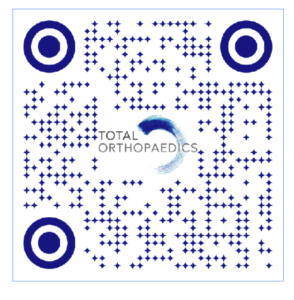


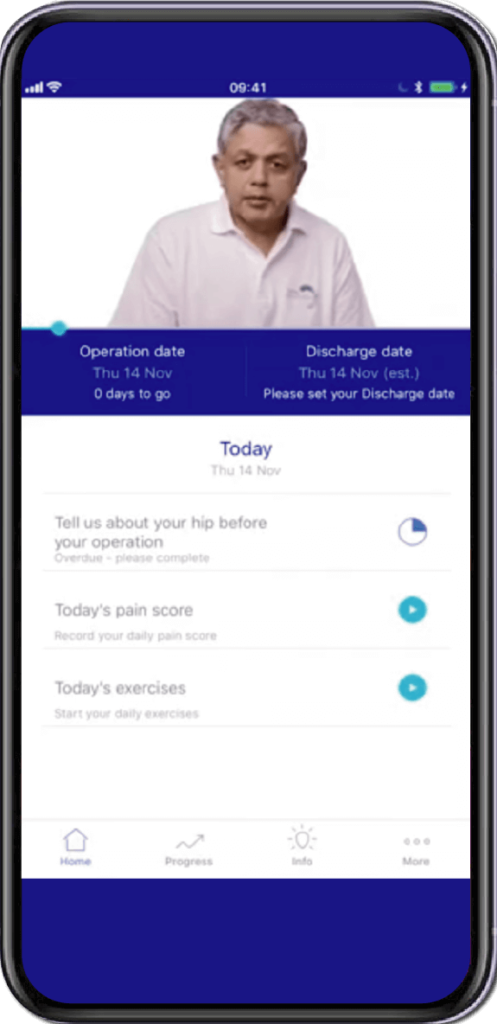


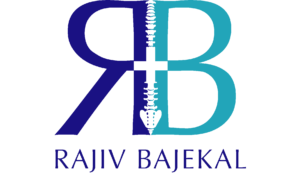


Rajiv Bajekal is a Consultant Orthopaedic Surgeon with special interest in Spinal and Back-related issues. He has developed a pragmatic approach to managing back pain and sciatica with non-surgical techniques, injections and minimally invasive techniques. Mr Bajekal is also a Board-Certified Lifestyle Medicine Practitioner and believes in providing lifestyle medicine advice to his patients for better long term health gains and better spinal health. He has been consulting since 1998. He consults both privately and on the National Health Service (NHS) and is passionate about making sure patients are in control of their healthcare.
Mr Bajekal is a member of the following institutions:
- British Medical Association (BMA)
- British Association of Spine Surgeons
- British Society of Lifestyle Medicine (BSLM)
- Plant-Based Health Professionals
- Patient Information
- Hospital Practices
- Spire Bushey Hospital
- BMI The Cavell
- BMI The King’s Oak
- Contact
- Blog
- Resources
- Glossary
Additional Links
Mr Bajekal works in conjunction with Total Orthopaedics UK. For more details please click here.
For more detailed information on plant-based nutirition please visit: www.rohinibajekal.com
For more detailed information on women’s health please visit: www.nitubajekal.com
